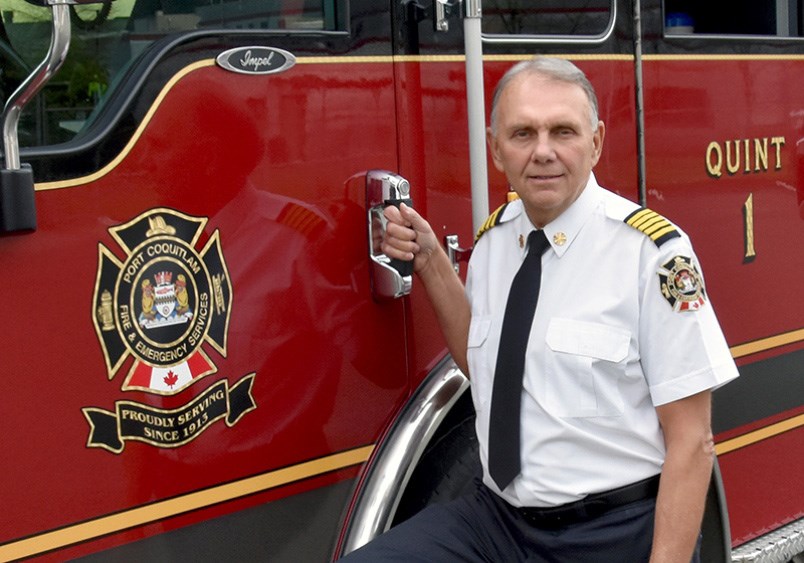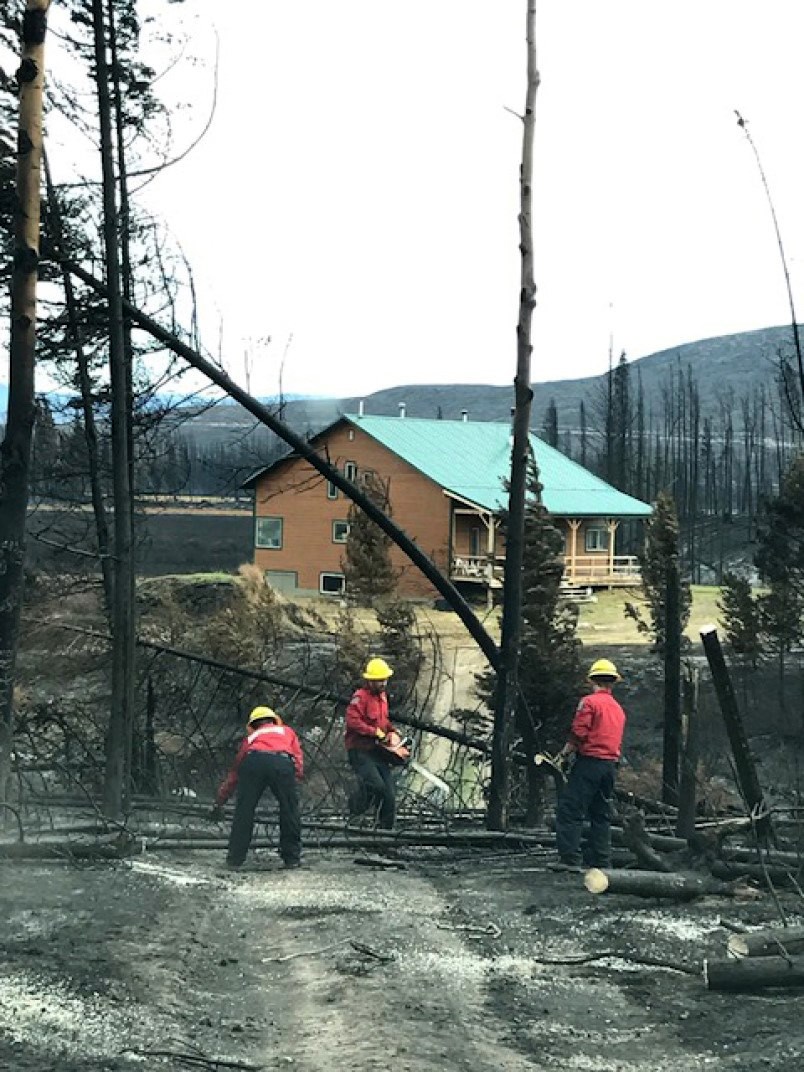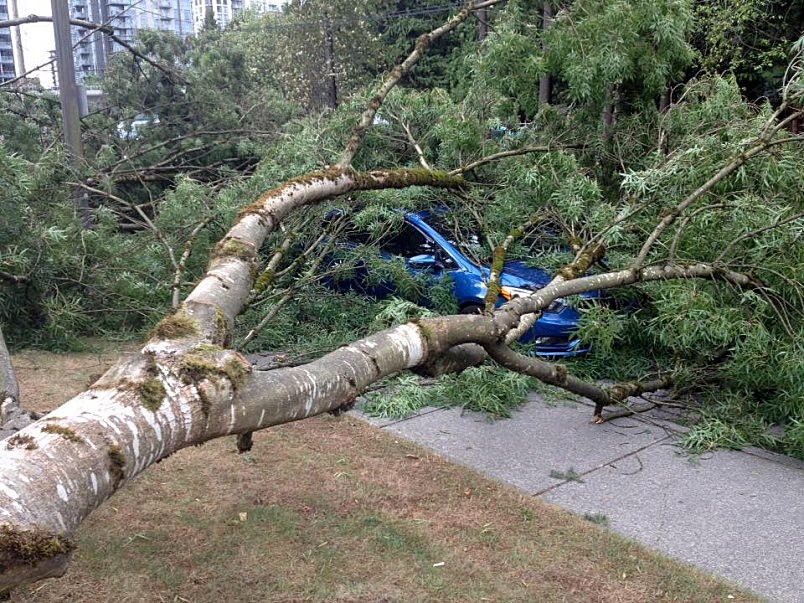INTRO: Municipalities have for years grappled with ways of reducing greenhouse gas emissions to help battle climate change. But the effects of rising temperatures are already being felt and cities are beginning the process of adapting to more frequent and intense weather events. In a 3-part series, The Tri-City News looks at the policies and procedures Coquitlam, Port Coquitlam and Port Moody are putting in place to deal with our changing climate. Here, Part 3, the final installment of Climate Change and the city: focuses on emergency services. Part 1 can be found here and Part 2 here.
More erratic and intense weather events have kept firefighters busy in the Tri-Cities over the last few years.
The latest windstorm last Dec. 20, for example, was the busiest night of 2018 for Coquitlam/Fire Rescue — “We had over 40 calls that night,” Coquitlam Fire Chief Jim Ogloff told The Tri-City News — and first responders are being increasingly called upon to deal with downed power lines and falling trees.
Ogloff said weather events have been a significant driver of call volume, a trend that does not appear to be slowing down any time soon.
“I think the meteorologists will say that these incidents tend to be coming at us more frequently,” he said.

Alex Boston, the executive director of Simon Fraser University’s Renewable Cities program, said communities are going to have to rethink how they budget for fire and emergency services as all of the scientific models point to a future with more frequent and severe wind events.
This will put pressure on municipal budgets and make it difficult for cities to predict how much money to allocate for weather responses in a given year, he said.
“The historical record is no longer useful in informing the future,” Boston told The Tri-City News. “We are going to have way more erratic years and way more intensity.”
And Coquitlam’s Ogloff is not the only fire chief in the Tri-Cities that has noticed an uptick in weather-related calls.
Port Coquitlam Fire Chief Nick Delmonico said storm responses continued to rise in 2018, following a trend he has seen over the last few years.

“It has slowly been getting worse and worse,” he said. “We have to take that into account with planning. We are going to get these wind events.”
The longer, drier summers appear to be exacerbating the situation, Delmonico said, pointing to a windstorm in 2015 that came after a particularly hot July and August. Because there was so little moisture, trees snapped like twigs, he said, blocking roads and knocking out power to 400,000 residents.
The storms appear to be coming at different times and from different directions “so the trees aren’t handling it as well,” Delmonico said.
His department has also seen a rise in the number of brush fires it deals with, something he attributes to the hotter and drier summer periods.
As well, Tri-City fire resources are increasingly being utilized to battle blazes in other communities around the province.
Lower Mainland firefighters are routinely called to the B.C. Interior during the summer, where wildfires have become particularly severe over the last few seasons.
According to a recent report from Environment and Climate Change Canada, “human-induced climate change had a strong impact on forest fires in British Columbia” in 2017. The document notes a record-breaking 12,000 square kilometres burned in B.C. that season, forcing 65,000 people from their homes. Just a year later, last summer, that record was broken when close to 13,000 sq. km burned.
Now-retired Port Moody assistant chief Gord Parker was one of the locals tasked with co-ordinating the fire response in the Interior. In 2017, for example, he spent 40 days as part of the provincial fire suppression effort in an area west of Kamloops.
That same year Coquitlam Fire and Rescue also deployed resources, including two of its sprinkler protection units, for a total of 67 days.
It all adds up to a pretty big bill for the provincial government, said PoCo’s Delmonico.
“There have been a number of different studies done based on what is happening in the Interior,” he said. “If you look at the provincial wildfire budget, it has been going up in leaps and bounds for a number of years.”



